This post may contain affiliate links. As an Amazon Associate, I earn from qualifying purchases. For more information, please visit my Privacy Policy.
My First Recipe Post!
Cinnamon Babka.
Deciding what recipe to share on my blog for the first post has been too stressful! Start small or pull out the big guns?
I decided to pull out the big guns.
I’m all about cinnamon, especially in anything bready. I have made many, many babka recipes in my day. It is completely my jam. I grew up on babka in Boston. My recollection is that chocolate babka was not a “thing” in Boston at that time. Either that or my mom exclusively bought cinnamon babka. I will have to ask her.
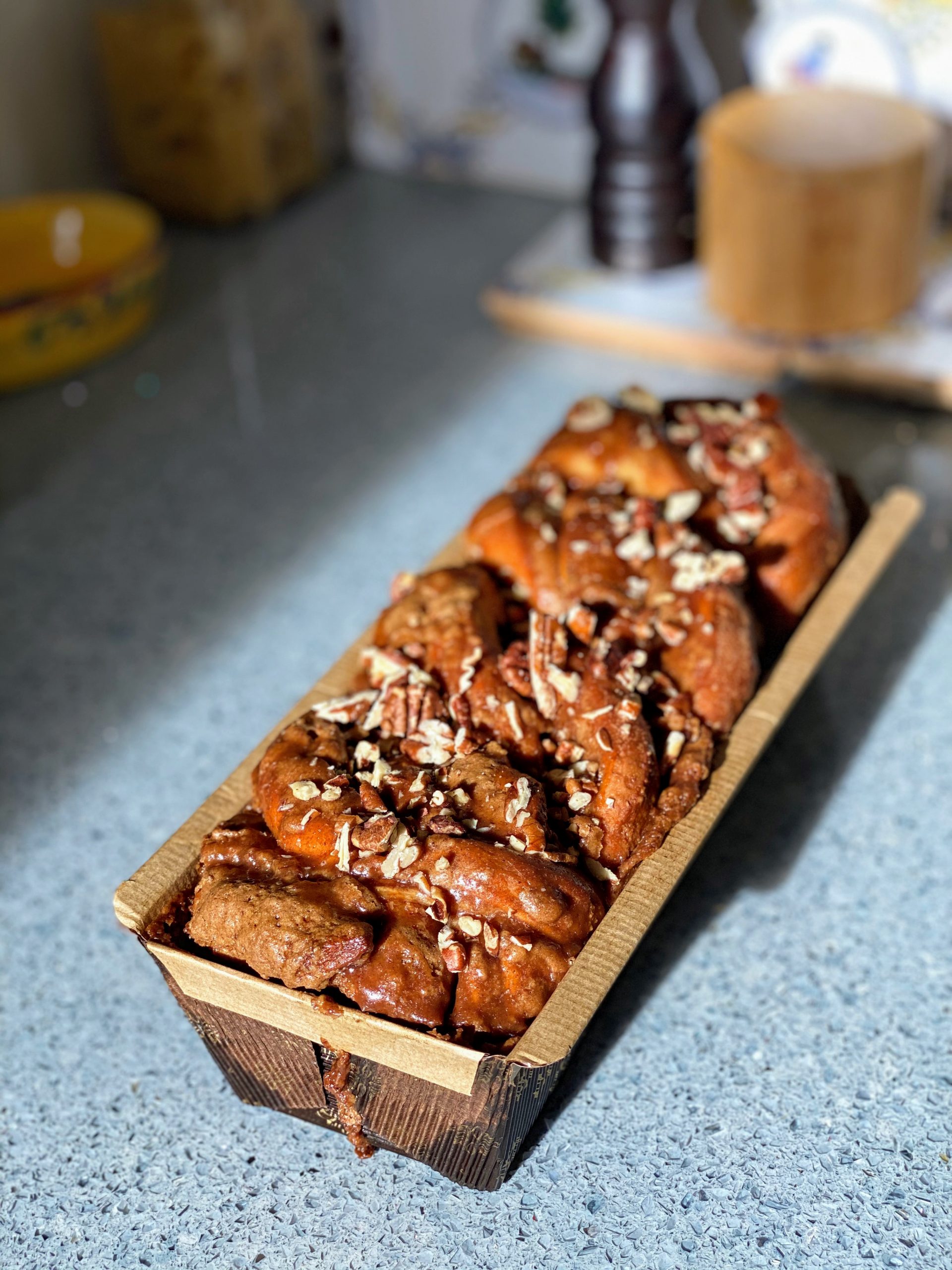
What is Babka?
In any event, the babka of today is very different from the babka of those old days. Traditionally, babka was made out of challah dough at Jewish bakeries. In order to comply with kosher laws, challah is generally a dairy free bread (i.e., no butter), as it is often eaten with chicken or beef on Friday night for the Sabbath. (People who keep kosher will not eat any dairy products with chicken or beef.)
Babka Evolution
Over the last ten years or so, gifted bakers started playing with babka so that it has its own recipe rather than rolled from scraps of challah. I believe the first to do it (or at least to do it so astoundingly well) was Uri Scheft of Breads Bakery in New York City. He made his babka dairy by using butter in it rather than traditional vegetable oil found in most challah recipes.
(Nerd alert: Butter and oil are fats that contribute to the softness of an enriched bread dough. However, butter adds a depth of flavor. Also, using softened or room temperature butter results in a more tender dough than using a liquid fat such as melted butter.)
What made Uri Scheft’s babka even more unique is that he laminates the dough, meaning there are layers of dough and butter just like a croissant. Brilliant.
Many others have come up with their own recipes. I dare say that I have tried them all in my hunt for the perfect babka recipe.

My Personal Favorite Bakery Babka
For me, Bread’s Bakery’s is among the best. (And Uri Scheft’s cookbook, which shares Bread’s Bakery’s babka recipes, is a phenomenal book.) However, it can be cumbersome to laminate dough at home, especially for those of us in kitchens with minimal counter space. More importantly, for this cinnamon lover, I had not found a cinnamon babka filling that totally rocked my world.
This Cinnamon Babka Recipe Took Many Tests
After a couple years of testing, testing, and more testing, I developed my babka recipe that incorporates what I think are the “stand out factors” from a bunch of different recipes. For example, rather than laminate the dough, I knead room temperature butter into the dough at the end of kneading, similar to a brioche.
As for the filling, I have tried cinnamon sugar, cinnamon sugar with butter, cinnamon with brown sugar, cinnamon with brown sugar and butter…. They all were delish, but the consistency of those fillings with the dough was not working for me.
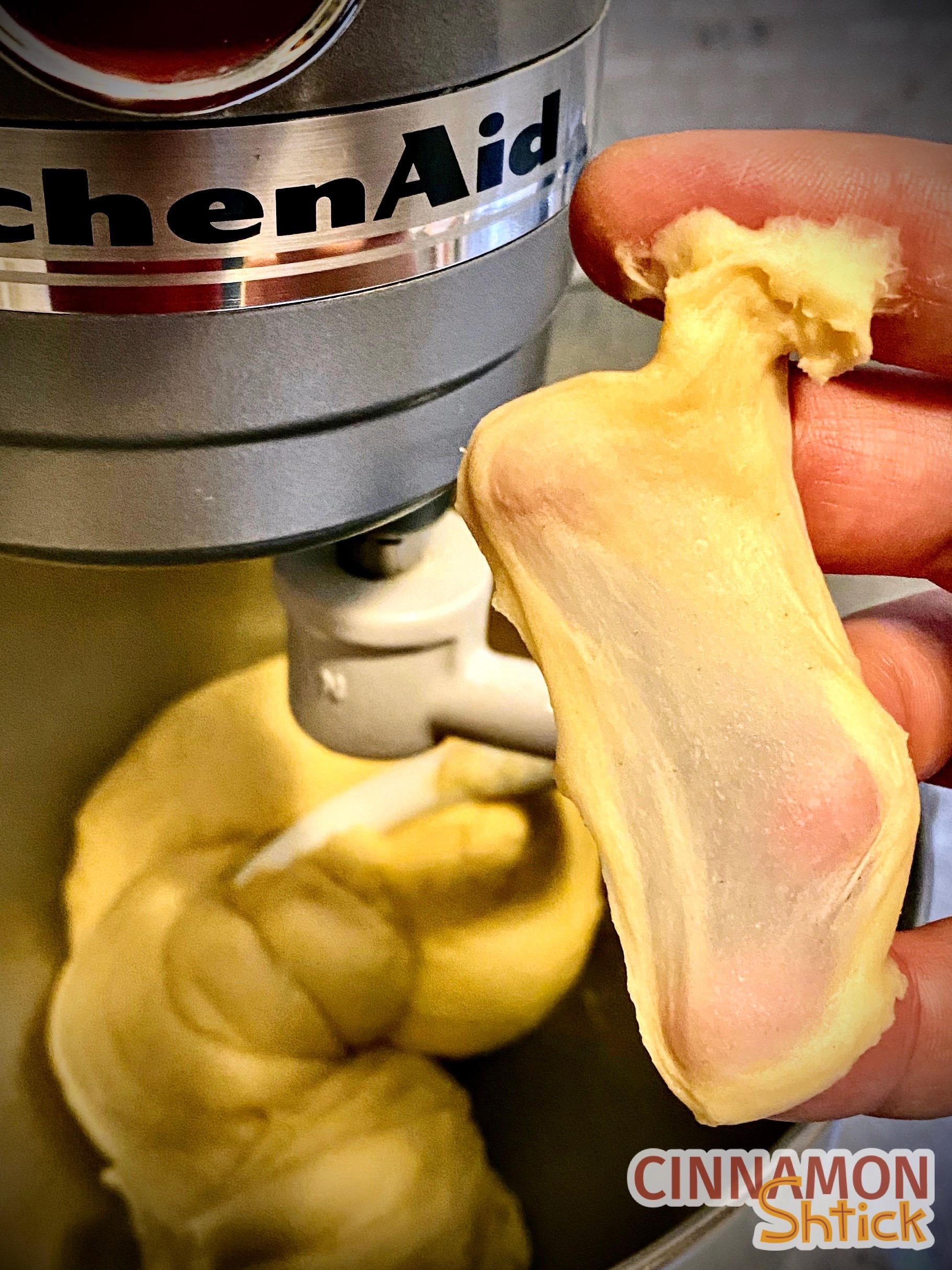
Adding One Ingredient Perfected the Filling for this Cinnamon Babka
Step in Orly Dahan Hermesh, a baker/blogger in Israel whom I follow religiously on Instagram. Although her blog, Brown Sugar, is in Hebrew, most of her recipes are translated into English. I had been following her blog for a brief time when I discovered her cinnamon pecan filling. It’s genius. The pecans in the filling serve dual purposes: they add wonderful flavor while binding the rest of the filling ingredients together. The only major tweak I made was to toast the pecans to enhance the flavor. Hence, the Cinnamon Toasted Pecan Babka.
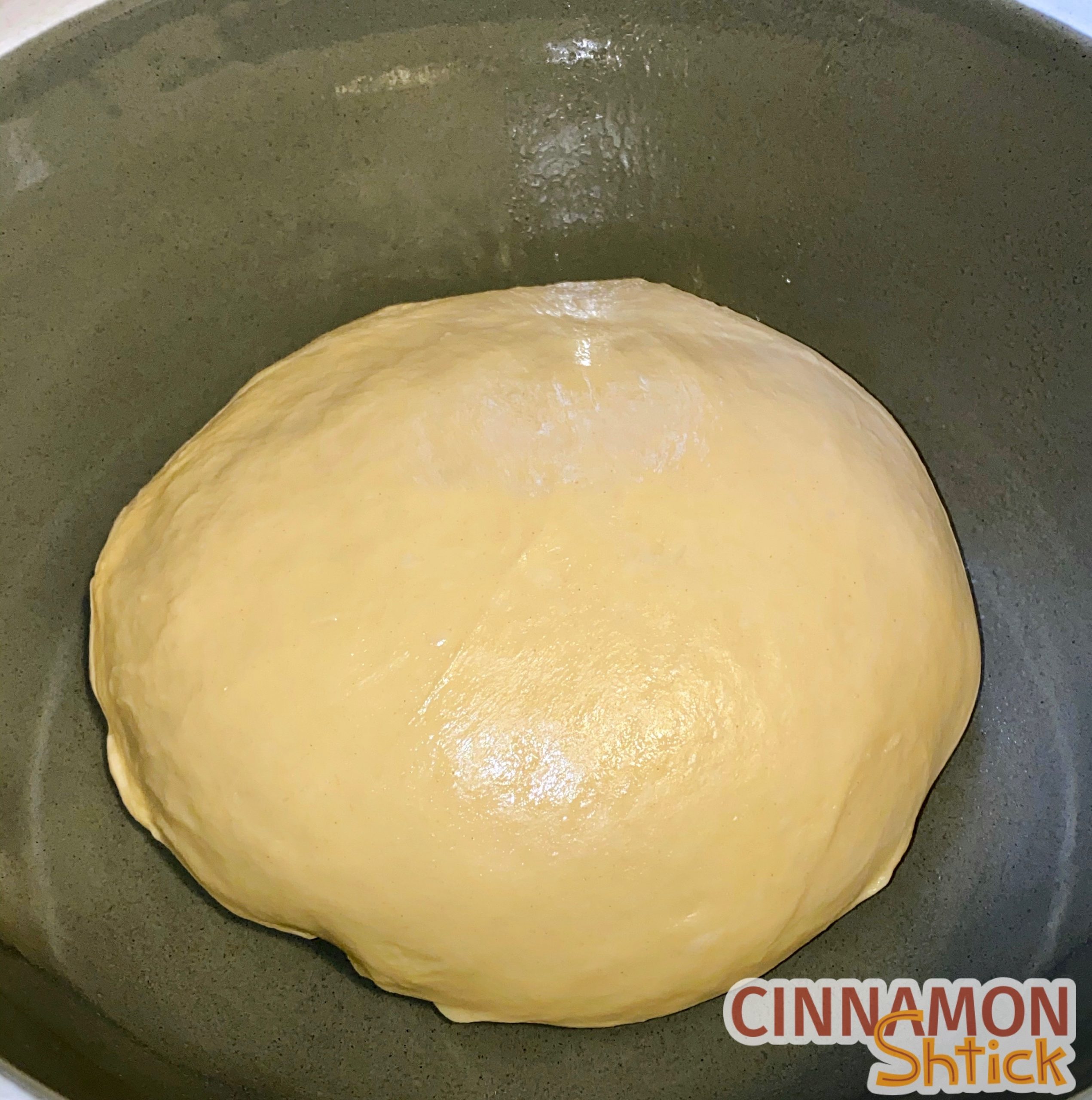
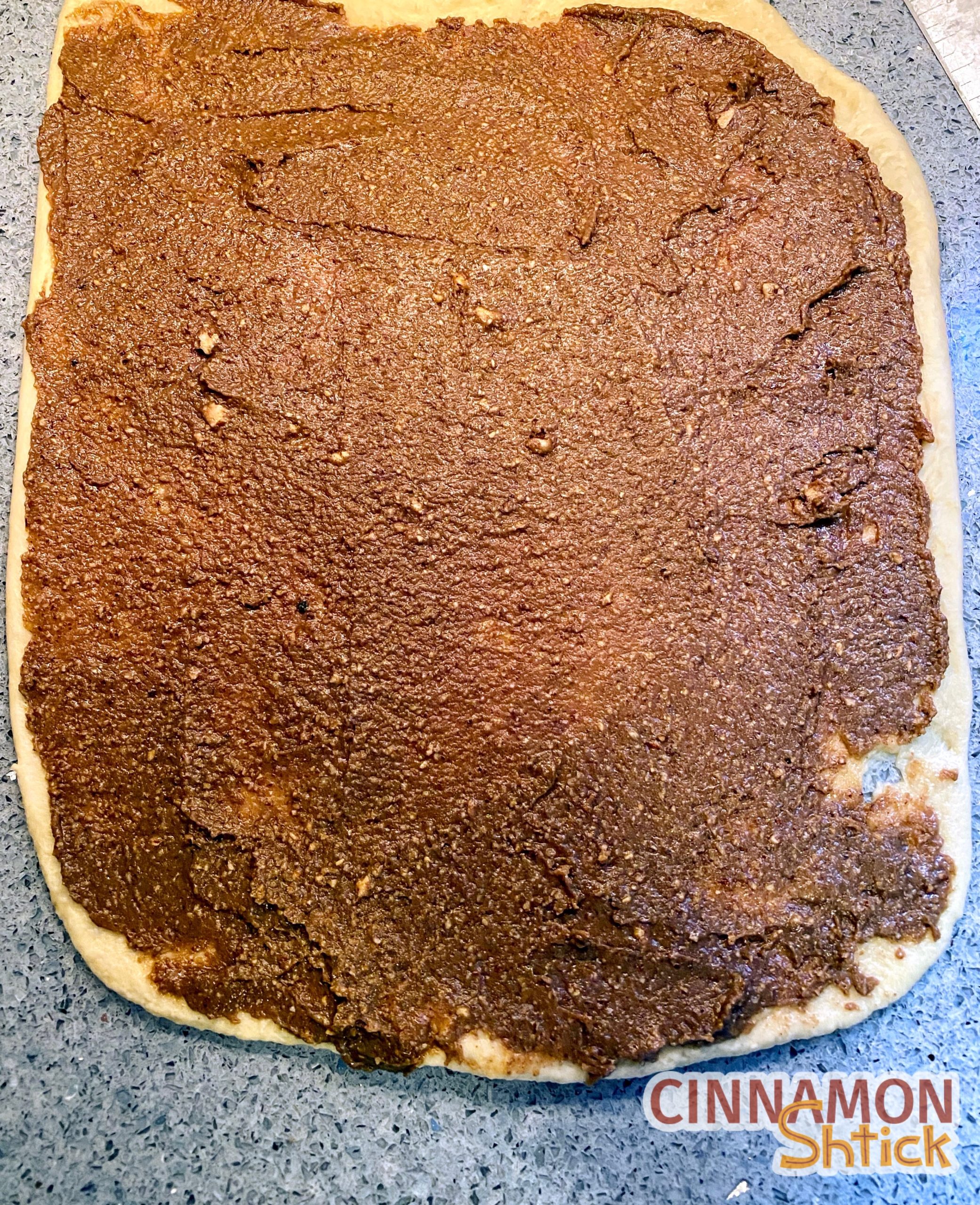
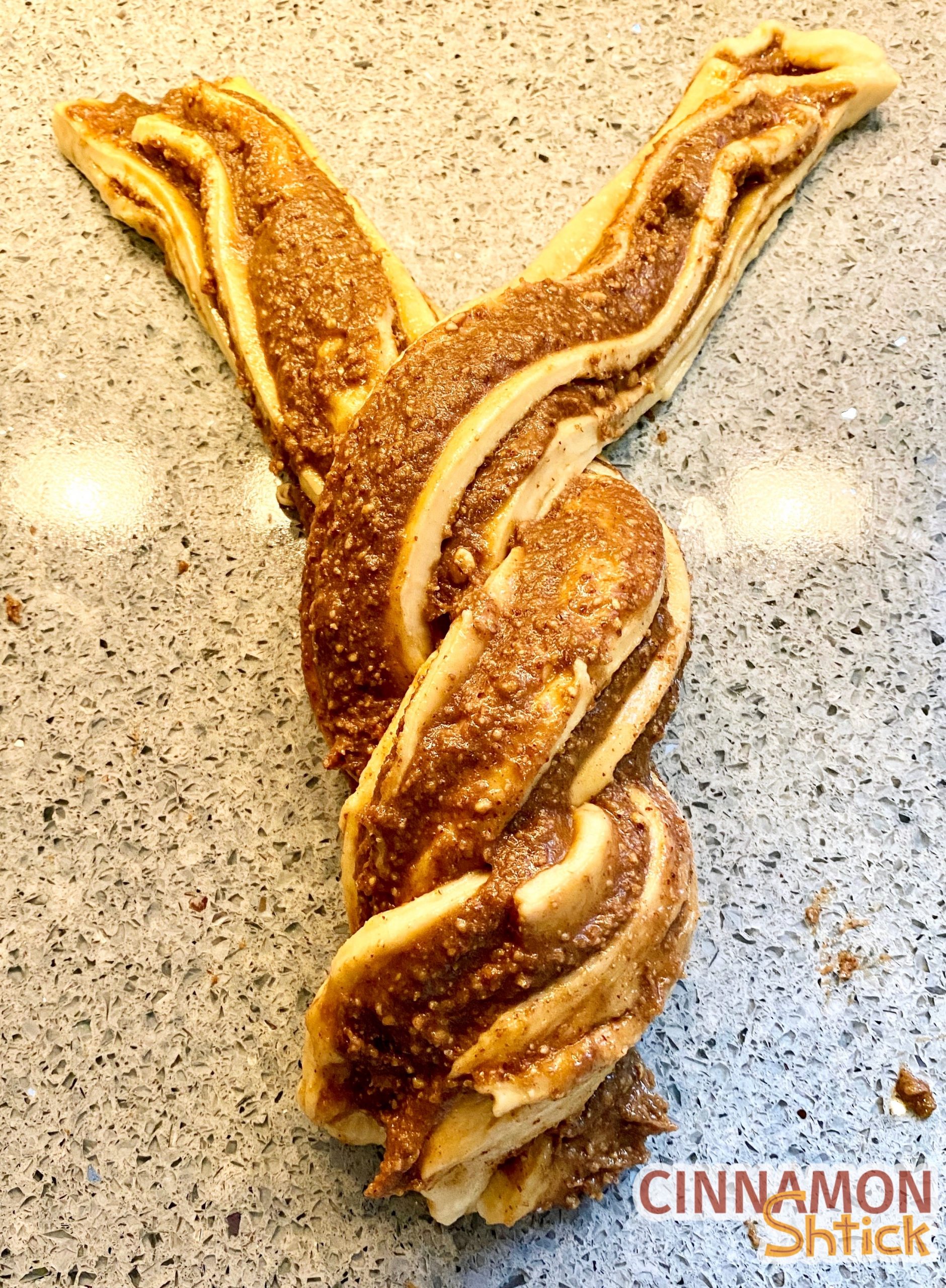
I expect someone (or someones) will complain that they have a nut allergy. Um, then don’t make this recipe! Just kidding. Well, kinda. I am actually working on a variation of the filling to be nut free but still cinnamony…stay tuned! (Update: Here’s the outrageously delish nut-free version: Cinnamon Oatmeal Babka.)
For now, let’s jump into it: The recipe for this Cinnamon Toasted Pecan Babka is much simpler than it seems. It is really five basic steps:
1. Make the Cinnamon Babka dough
Using a KitchenAid mixer makes this step seamless. The important thing here though is to make sure that your eggs and butter at room temperature. Forgot to take them out of the refrigerator and feeling so excited to get started that you do not want to wait 30-60 minutes for the eggs and butter to get to room temperature? No sweat. Check out my Getting to Room Temperature post.
2. Allow the Cinnamon Babka dough to rest
A great alternative to making your babkas in one day is to place the dough in the refrigerator overnight. In the morning, make your filling. Then remove the dough from the refrigerator. You will find that the dough is much easier to roll out when it is cold, and you can have warm, cinnamon pecan babka in time for brunch!
3. Let the Cinnamon Babka dough rise
Once the dough is rolled out and shaped, let it rise. If you refrigerated the dough overnight, I recommend letting the shaped dough rise for a full 1½ hours.
4. Bake the Cinnamon Babka
I have followed recipes that told me to take the internal temperature of the babka and that it was done at 185°F. Every time I would remove it from the oven after it reached 185°F, the middle would sink in because it was under baked. I find that 35-40 minutes is perfect, and the internal temperature at that time is usually over 200°F. To take the temperature of the babka, I highly recommend a Thermapen thermometer from ThermoWorks. I literally use it to take the temperature of anything I make, from ice cream to breads to tempering chocolate.
5. Make the glaze
The glaze is super easy to make and can be done in one pot. If you want a thicker, more frosting-like consistency, add more confectioner’s sugar.
OK, enough chatter. Let’s get to the good stuff.
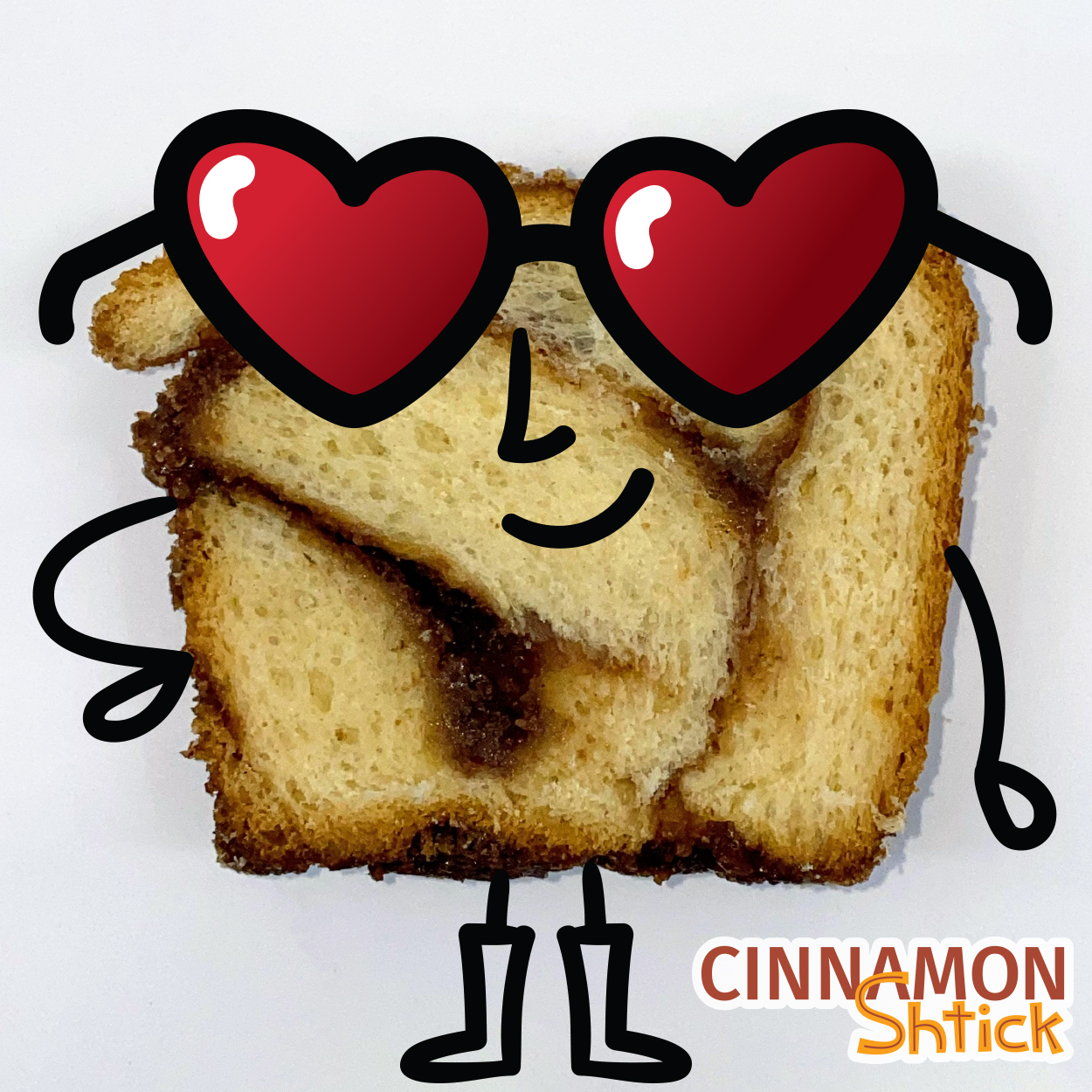
Cinnamon Toasted Pecan Babka
Ingredients
Dough:
- 7 g. active dry yeast (1 envelope) (2¼ tsp. (envelope))
- 245 g. milk* (1 cup)
- 75 g. granulated sugar, divided (⅓ cup plus 2 tsp.)
- 1 large egg, at room temperature
- 1 large egg yolk, at room temperature
- 10 g. vanilla extract (2 tsp.)
- 480 g. all purpose flour (4 cups)
- 5 g. salt (1 tsp.)
- 113 g. unsalted butter, at cool room temperature (8 tbsp. or ½ cup)
Filling:
- 120 g. pecans (1 cup)
- 50 g. unsalted butter, melted (3½ tbsp.)
- 16 g. ground cinnamon (2 tbsp.)
- 10 g. vanilla extract (2 tsp.)
- 220 g. dark brown sugar (1 cup)
- 46 g. heavy cream or milk (3 tbsp.)
Glaze:
- 113 g. unsalted butter (8 tbsp. or ½ cup)
- 46 g. whole milk (3 tbsp.)
- 16 g. ground cinnamon (2 tbsp.)
- ¼ tsp. g. fine sea salt (or regular table salt)
- 165 g. confectioners’ sugar (1½ cups)
Instructions
- Prepare Dough. [If using instant yeast, skip to Step 3 and add the yeast and the milk (can be cold) with the rest of the ingredients.] In microwave at 20 second intervals, stirring after each interval, warm milk to body temperature, generally between 105°F and 110°F. Alternatively, you can heat the milk in a saucepan on a low flame, stirring constantly. Either way, do not let the milk get above 115°F. (If you do, just let it sit out at room temperature for a couple of minutes constantly checking it until it cools to body temperature.)
- Place warmed milk into bowl of electric mixer. Sprinkle yeast and approximately 1 tsp. of the sugar over the milk. Using a fork, stir the mixture to distribute the sugar and hydrate the yeast granules. Allow to sit for approximately 3-5 minutes until the mixture gets foamy.
- Add the room temperature egg, the room temperature egg yolk, and the vanilla to the mixture. Using the dough hook, turn the mixer on at a low speed and add the rest of the sugar. With the mixer running at the lowest speed, add the flour. As the flour starts to get absorbed by the liquid mixture, raise the mixer to a medium speed. You may need to turn the mixer off once or twice to wipe down the sides of the bowl with a rubber spatula. Allow to knead for approximately 3 minutes. The dough should clean the sides of the bowl. If it is too wet (sticking to the sides and bottom of the bowl), add some flour, no more than 1 tbsp. at a time. If the mixture is too dry, add a little milk, 1 tsp. at a time.
- Lower the mixer speed to low (1 or 2 on the KitchenAid) and slowly add the salt, allowing it to knead into the dough, an additional 3 minutes. Stop the mixer and take a small piece (less than 1 tsp.) of dough and stretch it between your fingers. It should form a “window pane”, meaning it should get thin enough that it is translucent without it ripping. If it is not at that point yet, continue kneading in the machine at 1 minute intervals. (It may just need an additional minute or two to reach the window pane stage.)
- With the mixer running at medium speed, add the butter. It is best to add it one piece at a time, waiting until it is fully integrated into the dough before adding the next piece. You may need to turn off the mixer from time to time to push the slab of butter back into the range of the dough and the hook. This process will take approximately 5 minutes. Once all the butter is incorporated, the dough will look shiny and be slightly sticky. (If, after several minutes, the butter is still not fully incorporated, do not panic. Just move to the next step – having some unincorporated butter is not problematic in this recipe. That said, the key to incorporating the butter is nothing more than patience.)
- Lightly grease a bowl with a little butter or nonstick cooking spray. Form dough into a ball and place it in the bowl. Turn the dough over to coat it in the butter or nonstick cooking spray and cover tightly with plastic wrap.** Let the dough sit in a warm area on the counter until doubled in size, approximately one hour.
- Make the filling. Line a baking sheet with parchment paper or aluminum foil. Spread pecans evenly on sheet. Bake for 6 minutes. Stir the pecans, flipping them over. Bake an additional 2-3 minutes. Be careful not to burn them. You just want them toasted. Remove from oven and set aside until the pecans are cooled completely and at room temperature, at least 20 minutes.
- While the pecans are cooling, melt the butter in a saucepan on low. Once melted, set aside to cool to room temperature.
- Once both the pecans and butter are cooled to room temperature, place all ingredients in a food processor and pulse until fully incorporated.
- Cover with plastic wrap until ready to use.
- Prepare two loaf pans, 8 or 9 inches long, and 3 to 5 inches wide, by coating with nonstick cooking spray or butter. (Using butter imparts more flavor on the edges of your babkas.) For an even easier pan removal, use parchment paper on the bottom and/or sides of the pan, but be sure to coast the parchment with nonstick cooking spray or butter.
- Once dough has doubled in size, remove the plastic wrap and de-gas it by folding it over onto itself and knead it a few times by hand. Divide it in half, preferably by weight. Cover one half with plastic wrap until you are ready to work with it.
- Roll dough out to three inches longer than the length of your pan. (If you are using a 9 inch long pan, roll it out to 12 inches, to form a rectangle of 12 inches by approximately 16-18 inches. The dough should be approximately 1/8 inch thick.
- Leaving a border of ½ an inch on every side, spread ½ of the filling on the dough.
- Have the dough facing you the long way so that the side of the dough that is three inches longer than the length of your pan is facing you. For example, if your pan is 9 inches long, the side of the dough that is 12 inches long should be in front of you. Roll the dough upward so that you have a 12 inch long log. Trim ½ inch to an inch from both sides of the log. (Tip: Save these trimmings and bake in a separate greased pan with trimmings from second log. This is the “mini babka” you get to taste so you can present the two babkas to your guests and already know how good it tastes!)
- Slice the log down the middle in half, exposing the layers of filling. Form an X with the two pieces, and cross the two over each other starting from the middle going down towards you. Repeat from the middle going up. Place dough in prepared pan. Cover loosely with plastic wrap and allow to sit until doubled in size, approximately one hour.
- Repeat steps 13-16 with second portion of dough from step 12.
- Approximately 30 minutes into the second rise, preheat oven to 350°F.
- Once the babkas have doubled in size, bake for 45-50 minutes. The babka is done once the top is golden brown. (Best to take the babka’s temperature. It is done when the internal temperature reaches 205°F).
- Cool babkas in pans for 10-15 minutes and then remove them from their pans onto a wire rack. (Use a metal spatula or flat knife against the sides of the pans before turning the pans over.)
- Make the glaze. While the babkas are cooling on the wire rack, melt the butter in a saucepan. Whisk in the rest of the ingredients. Immediately spread over warm babkas. The glaze will start to harden after a few minutes. Once at room temperature, if not eating immediately, cover in plastic wrap. If they actually last so long, they stay fresh for several days wrapped in plastic and stored at room temperature. They also freeze beautifully, wrapped in plastic wrap, for up to 3 months.

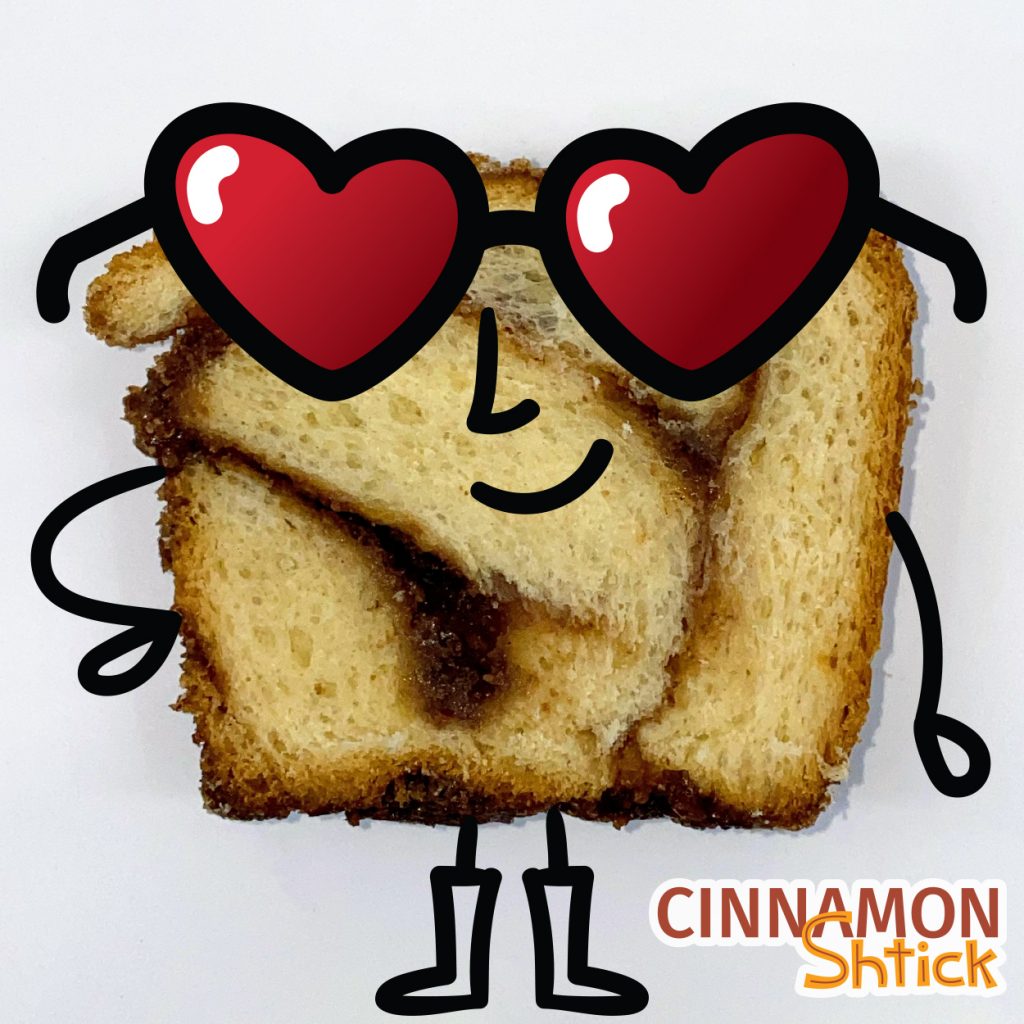
4 Comments
Pingback: Sourdough Everything Bagels - Cinnamon Shtick
Pingback: Blueberry Lemon Crumb Babka - Cinnamon Shtick
Pingback: Apple Honey Babka – Cinnamon Shtick
Pingback: Brownie Babka - Best Babka | Brioche Dough with Brownie Filling